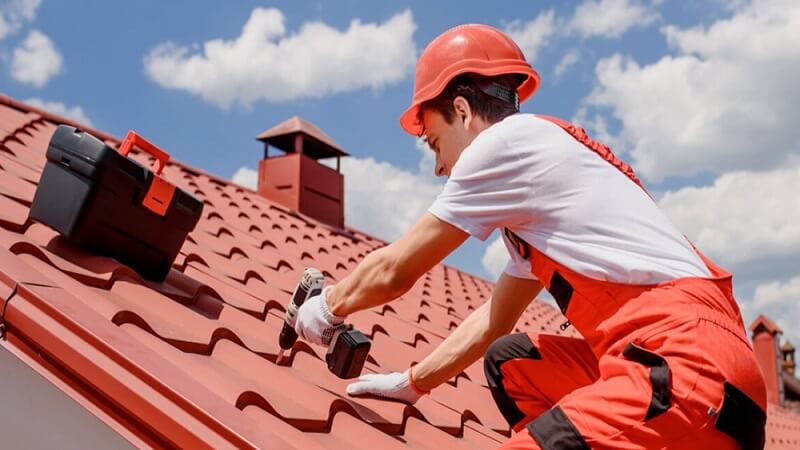When it comes to reducing energy bills and improving home comfort, many homeowners overlook one critical element. Your roof is more than a shield from the elements; it plays a major role in your home’s overall energy efficiency. By selecting the right roofing materials, you can significantly cut energy costs, reduce your carbon footprint, and increase the long-term value of your property.
Why Roofing Materials Matter
The type of material you choose for your roof directly affects how much heat is absorbed or reflected. Traditional asphalt shingles, while affordable, tend to absorb heat, making your home warmer in the summer and forcing your air conditioner to work harder. In contrast, energy-efficient roofing materials are designed to reflect sunlight, insulate better, and regulate temperature more effectively.
Choosing the right roofing material can mean the difference between a home that traps heat and one that naturally stays cooler, leading to reduced heating and cooling expenses year-round.
Top Energy-Efficient Roofing Options
1. Cool Roofs
Cool roofs are designed to reflect more sunlight and absorb less heat. They are typically made from reflective materials or coated with special reflective paint. Cool roofs can be made from metal, asphalt, tile, or membranes, and they are especially beneficial in hot climates. According to the U.S. Department of Energy, cool roofs can lower roof surface temperatures by up to 50°F, reducing cooling needs by 10–15%.
2. Metal Roofing
Metal roofs are not only durable and long-lasting but also highly reflective. They can deflect solar heat and are often coated with cool roof pigments. While metal roofing may have a higher upfront cost, it offers excellent energy savings over time and requires minimal maintenance.
3. Clay and Concrete Tiles
These tiles are naturally insulating and help maintain a balanced indoor temperature. Their thermal mass helps reduce heat flow, and when installed with proper ventilation, they can significantly improve energy efficiency.
4. Slate Roofing
Slate is a premium material known for its longevity and insulating properties. While it’s one of the more expensive options, it performs well in various climates and adds aesthetic and resale value to your home.
5. Green Roofs
Though not as common for residential buildings, green roofs (roofs covered with vegetation) provide excellent insulation, reduce the urban heat island effect, and support stormwater management—all while cutting down on energy usage.
Long-Term Savings and Incentives
While energy-efficient roofing materials can have a higher initial cost, the long-term savings on utility bills often make up for the investment. In addition, federal, state, and local governments may offer tax credits or rebates for installing energy-efficient roofing, further improving the return on investment.
Making the Smart Choice
When selecting roofing materials, consider your local climate, roof pitch, and overall energy goals. Consulting with a roofing professional can help you understand your best options and design a system that maximizes efficiency without compromising style or durability.

